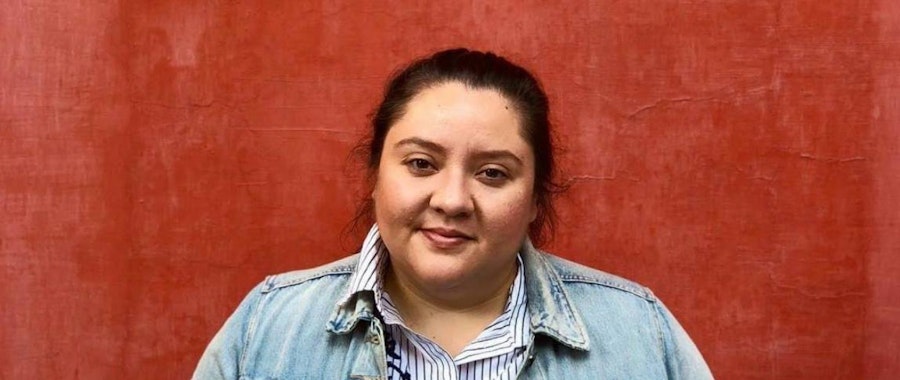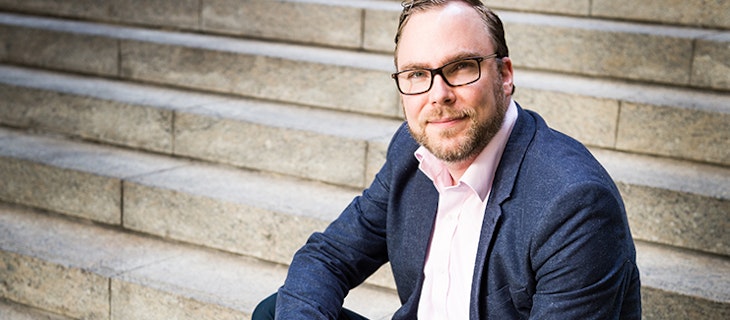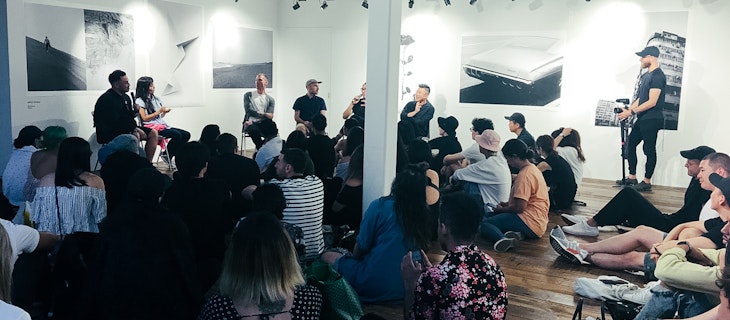
How to foster a culture of diversity and inclusion
For the last five years, Kristen Ojeda has helped grow the inclusion and diversity efforts at Dropbox. Here, she gives us some tips on how to start your diversity program (no matter what size your company) and make an impact.
A day in the life of a diversity team.
Day-to-day, our team is like a consultant for anything in the business that is diversity-related. This includes, for example, focus groups across the company to better understand how people really feel about diversity and inclusion, and analysing our poll data which goes out twice a year. We look at all the numbers to figure out how certain groups of people feel at the company—do they feel like the company cares about them? And in turn, what can we do to help these groups feel supported and included?
Get support from the top.
One thing I've learned is that if you want your staff to know the company cares about diversity, the message needs to come from the top. If your CEO, managers or leaders don’t care about [diversity and inclusion], it's going to be really hard for you to make progress—try and identify those supporters early and have them be your allies and your advocates.
A smaller ship is easier to steer.
No matter the size of your company, anyone should feel empowered to implement impactful diversity programs. I worked at companies of varying sizes and I’ve noticed that there is an advantage to working at smaller companies, where the scrappy, start-up spirit is very much alive. You're able to try things without the political ladder of, ‘Who do I need to go through?’ ‘Who do I need to talk to to get this approved?’ It's more like, ‘Let's try it, let's see if it works.’
Numbers aren't everything.
It’s important to look at qualitative and quantitative data. Some of the questions we ask in our polls are along the lines of ‘Do I feel like my leader cares about diversity?’ ‘Do I feel like the company cares about it?’ ‘How comfortable are you being your authentic self at work?’ to figure out specifically if any one group was feeling more or less comfortable to be their authentic selves.
Quantitative data is really important, but it's not the be-all-end-all in something like this where you're dealing with people and their emotions and how they were brought up. Some of these things are so deeply embedded and you want to make sure that everyone, regardless of their background, sexual orientation or religion, is safe, happy, comfortable and can be their best selves when they're at work every single day. That only enriches our company, makes our culture better and ultimately makes our products better.
What works for one office might not work around the globe.
It's always a challenge that’s specific to the diversity and inclusion space: When we're working towards diversity in the United States, that word means something very different in Dublin, Tokyo or Sydney. And that's reflected in the conversations that I have with people in those offices.
But we have to approach it that way, being really cognisant that there are other offices with different cultural norms and concerns. There are some things that you can roll out from HQ, and you make them global efforts. But you really need to take an 'act local' point of view with these things and push yourself to learn local cultures and experiences. Then build programs based off that.
Think about the bigger picture.
When I talk to companies that are starting to develop their own diversity and inclusion programming, they’ll often say ‘We're going to choose one main focus, and we're going to go with that’ — for example to increase the number of women in the office. And yes, you should hire more women, specifically women of colour. But there are a lot of other communities and groups at your company that exist that also need support. It's important to be equal from the very beginning with who is represented in your office. That means if you have black employees, Latin employees, LGBTQ employees, Asian employees, veterans in your office, people with disabilities, make sure that you are thinking about them equally.
It’s all about your network too…
Oftentimes if you're at a smaller company and you're trying to jump-start this diversity effort it's going to be volunteer work, so work with what you have. Try to network with as many people in the diversity community as possible. A lot of people that I reached out to early on in my career were really happy to chat with me and talk about the different programs they were running.
I've also found that in most places, people don't want to say 'no' to diversity — take advantage of that. But also be thoughtful about the things that you're asking, because the more thoughtful you are, the easier it is going to be to prove out the impact you’re having and get resources later. That means not just having an event to have an event, but following up with ‘these are the people that came to the event, this is what we got out of it, these were the goals, we accomplished the goals.' As you are trying to build validity for what you are doing, all of those things help.
What works for one company might not work for another.
Don't fall into the trap of reading a Harvard Business Review article and saying ‘this program worked for X Company, it's going to work for my company too!’ Your company is different, so you've got to really understand the things that work for your company at that specific time.
Our focus groups are really valuable in asking 'how do you feel about diversity?' 'How do you feel about inclusion?' 'What are the things that we could be doing better as a team, as a company, as your managers?' And really building off specific programs from those insights and not to something that you read online.
Accountability is the key to longevity.
If no one is held accountable, things are just not going to change. This is going to be a constant battle that you're going to have to fight: Things change all the time, issues change, people's feelings change, it's your job to deal with that with sensitivity.
Have fun doing it.
You're never going to make 100% of the people happy, ever. You're going to make 80% of the people happy at the best of times, and you have to be okay with that. Make sure that if you're going to say no to something that you have a really good reason as to why you're saying no — not 'I just don't feel like it' but 'I've chosen not to do this', or 'We're not supporting this because of this.' That's where data comes in handy: the more research you have, the better your decision-making processes.


